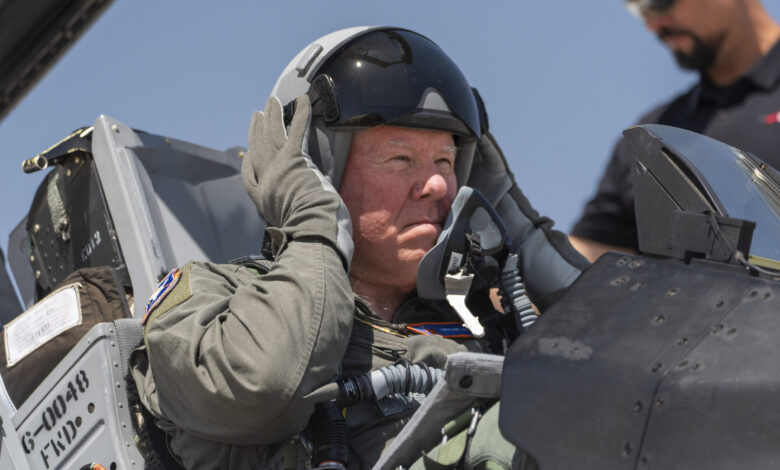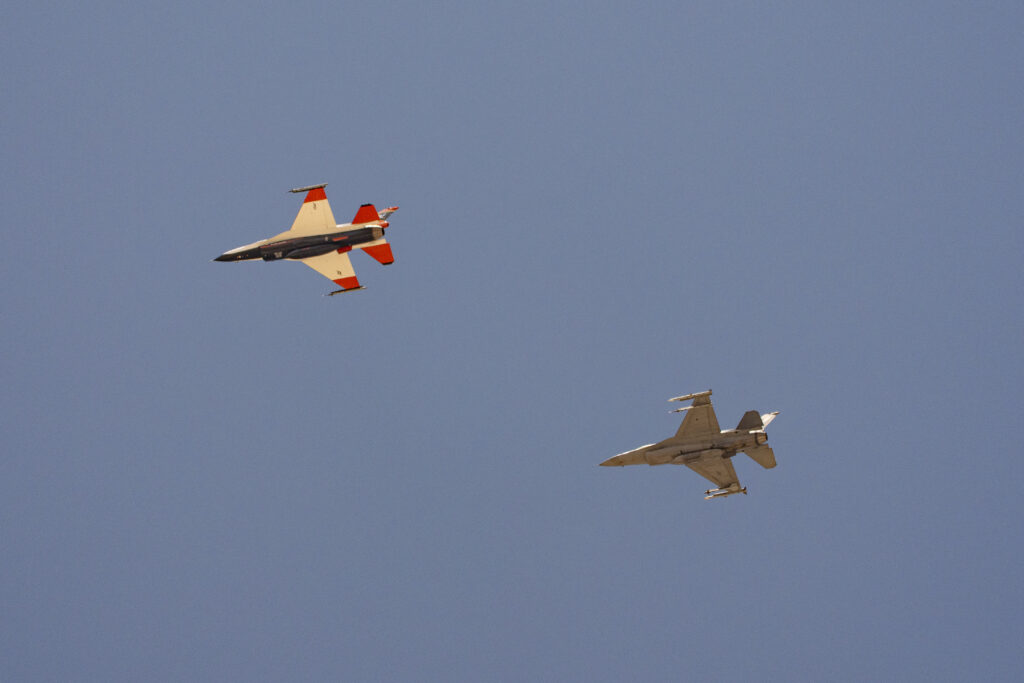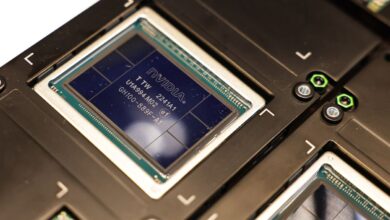Air Force making gains in artificial intelligence with AI-piloted F-16 flight

The U.S. Air Force gamed a dogfight between a human-driven F-16 fighter jet and an artificial intelligence-controlled F-16 — with Air Force Secretary Frank Kendall riding in the front seat.
The Variable In-flight Simulation Test Aircraft, or VISTA, X-62A, previously broke a record in February 2023, when it flew for 17 hours straight — entirely powered by AI. Cementing its reliability, the aircraft not only simulated a dogfight with a friendly pilot but performed the feat with the Air Force’s most valuable member in the cockpit. The performance is being hailed as a breakthrough in aviation history.
“The potential for autonomous air-to-air combat has been imaginable for decades, but the reality has remained a distant dream up until now. In 2023, the X-62A broke one of the most significant barriers in combat aviation. This is a transformational moment, all made possible by breakthrough accomplishments of the ACE team,” Kendall said.

VISTA came within 1,000 feet of the human-piloted aircraft, performing sharp maneuvers at over 55 miles per hour. Kendall and the safety pilot didn’t touch the controls the entire flight.
After landing, Kendall stressed the importance of leaning into the technology, telling the Associated Press that it was “a security risk not to have it.”
According to Politico, AI-controlled aircraft is the biggest breakthrough in aviation since the introduction of stealth technology in the 1990s. The Air Force plans to operate 1,000 AI-controlled aircraft, with the first entering service in 2028, especially as the possibility of war with China grows.
The flight occurred at Edwards Air Force Base, the place where Chuck Yeager made aviation history by being the first pilot to break the sound barrier on Oct. 14, 1947.
CLICK HERE TO READ MORE FROM THE WASHINGTON EXAMINER
VISTA is a modified F-16D Block 30 Peace Marble II designed for the U.S. Air Force by Lockheed Martin Skunk Works, working with in collaboration with Calspan Corporation. New upgrades have allowed it to develop rapidly.
“VISTA will allow us to parallelize the development and test of cutting-edge artificial intelligence techniques with new uncrewed vehicle designs,” Dr. M. Christopher Cotting, director of research at the U.S. Air Force Test Pilot School, said last year. “This approach, combined with focused testing on new vehicle systems as they are produced, will rapidly mature autonomy for uncrewed platforms and allow us to deliver tactically relevant capability to our warfighter.”



